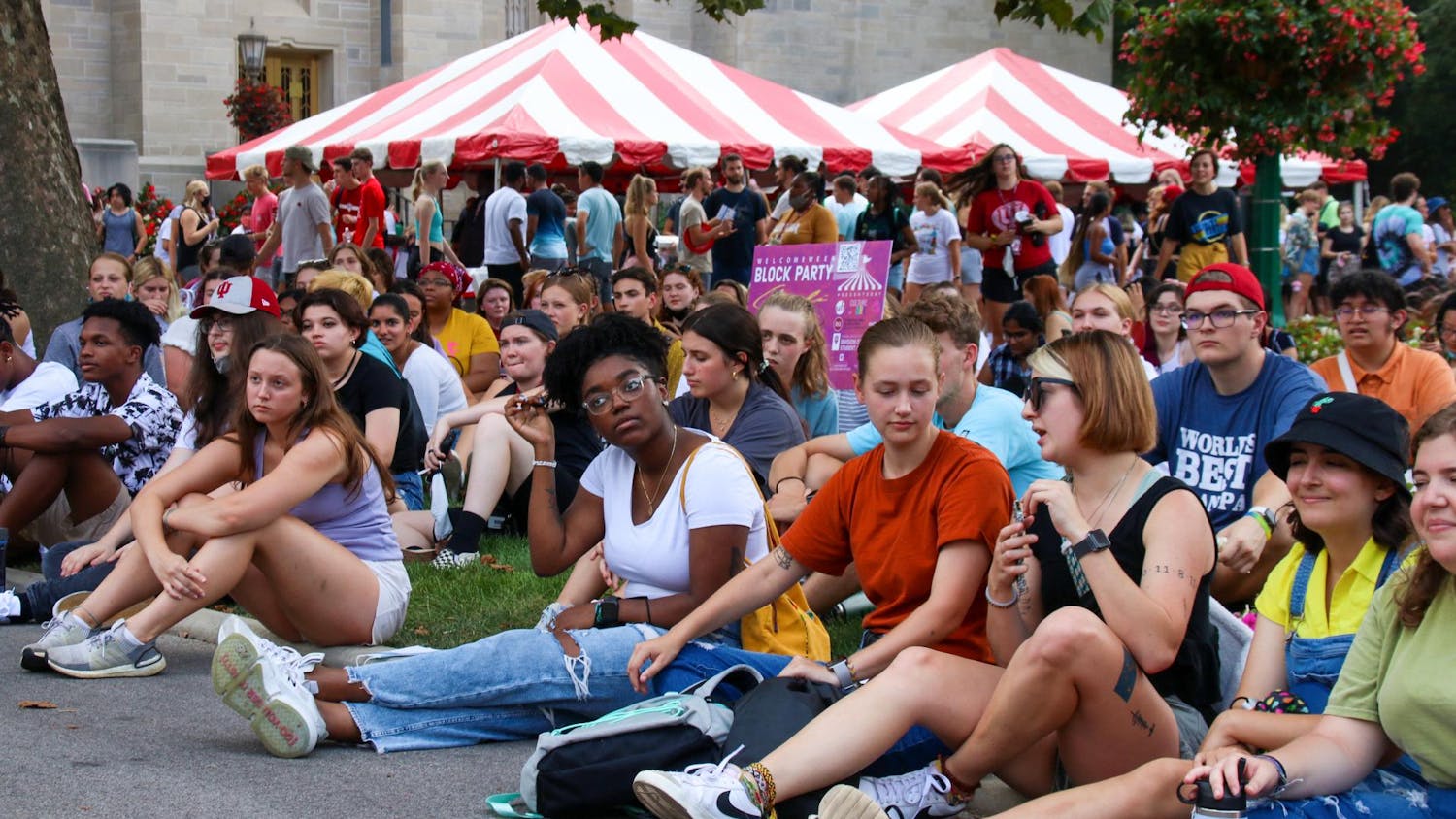Indulge me, for a moment, in a thought experiment.
Have you been assigned any readings by a woman this semester? How about by a person of color? Were those readings outside the context of classes explicitly about race or gender?
A lot of us will be able to answer “yes” to all of these ?questions. A lot of us won’t be.
I know I can’t. And it’s frustrating when people such as myself aren’t considered worth learning about in generalized coursework.
My current white-males-only class is titled “Modern Political Thought,” but it is more accurately described as “Men’s Modern European ?Political Thought.”
Like many fields of study, political theory lends itself easily to the voices of dead white men.
Until relatively recently, women rarely had the time to theorize much, let alone the educational and economic resources to write it down (Virginia Woolf’s “A Room of One’s Own” is instructive on this point.). What they did write was unlikely to be taken ?seriously by the men who ruled common discourse.
People of color were similarly disenfranchised from political engagement. Those who weren’t, such as ancient Chinese philosophers, are largely ignored outside the context of East Asian studies courses.
The women and people of color who did get the chance to write generally weren’t who other “important” political theorists were paying ?attention to.
More embarrassingly, these “important” theorists rarely considered anyone other than white men.
Common in modern political theory is the concept of virtu, an idealized conception of masculinity required for greatness. It seems that to lead, it takes a maleness that women inherently lack.
If women are mentioned, it is often with patriarchal ?ignorance.
Sir Thomas More’s “Utopia,” for example, wonders at the economic loss suffered because, as More stated in his book, “in the first place, hardly any of the women, who are a full half of the ?population, work.”
What More failed to realize what that, especially in the 1500s, women were primarily tasked with housework such as cooking, cleaning and raising children. It was probably much harder work than today, given the lack of freezers, ?dishwashers or pizza delivery.
More stance on slavery is also problematic, namely in that it exists in his arguably “ideal” society.
White men who imagine a better state often allow enslavement. Just look at the American Constitution.
These oversights serve as a reminder that for most of history, some people weren’t important enough to even theorize about, let alone grant rights to.
We can’t fix the past. We can’t make dead men have more inclusive theories. We can’t conjure up the works of marginalized people that ?never came to be.
But I do think that these problems offer valuable insight into how the physical diversity of thinkers included in classroom curricula can lead to theoretical diversity, too.
Gender, race, ability, sexuality, etc. can mark our ?experiences. These experiences might lead to different priorities or different approaches to the same problem.
In most classes, especially those in the humanities, these differences can offer deeper, more relevant insights for students. Too often women and people of color are asked to find salience in points not written for or about them in classes that purport to be ?universal.
Courses reliant on current research can easily accommodate diversity, seeing as women and people of color increasingly have access to ?academic spaces worldwide.
For those mired in the past, we have contemporary critiques and commentaries on old texts.
Old texts will get it wrong.
We don’t have to.
casefarr@indiana.edu





